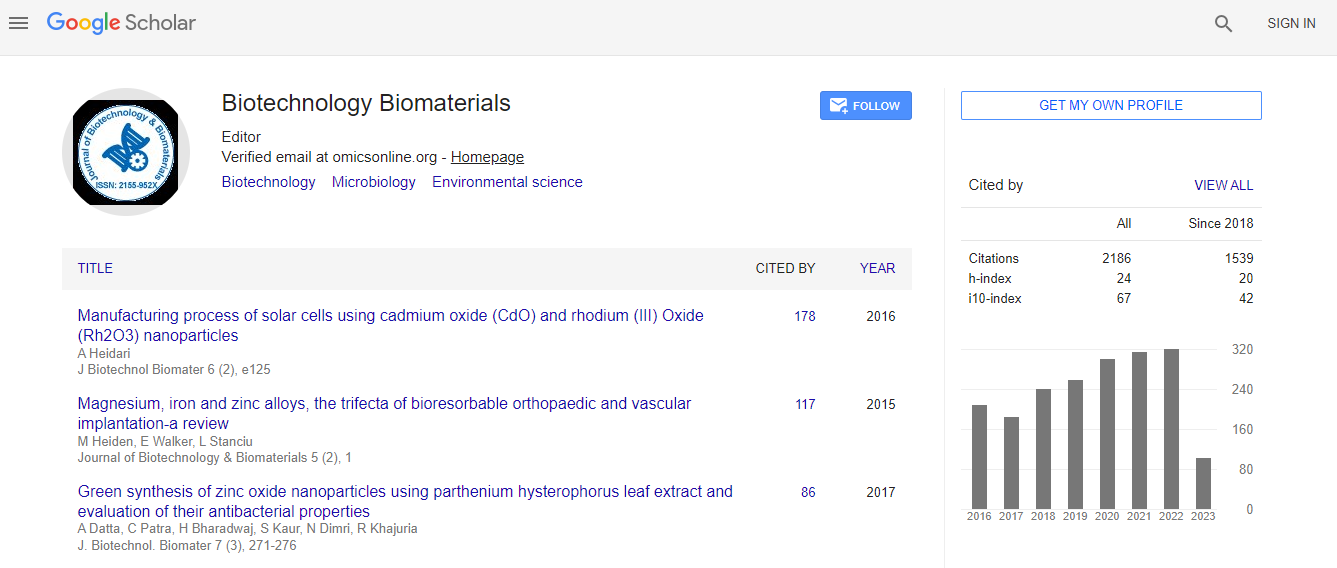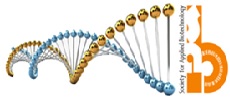Cell-Laden Hydrogels: A New Frontier in 3D Printing for Functional Tissue Constructs
*Corresponding Author: Yuanjin Zhao, Shenzhen Research Institute, Southeast University, China, Email: Yunjinzhao123@gmail.comReceived Date: Nov 05, 2024 / Published Date: Nov 29, 2024
Citation: Yuanjin Z (2024) Cell-Laden Hydrogels: A New Frontier in 3D Printing for Functional Tissue Constructs. J Biotechnol Biomater, 14: 419.
Copyright: © 2024 Yuanjin Z. This is an open-access article distributed under the terms of the Creative Commons Attribution License, which permits unrestricted use, distribution, and reproduction in any medium, provided the original author and source are credited.
Abstract
Three-dimensional (3D) printing of cell-laden hydrogels has emerged as a transformative technology in tissue engineering and regenerative medicine. By combining advanced biofabrication techniques with biocompatible materials, this approach enables the creation of complex, functional tissue constructs that mimic the intricate architecture and cellular organization of native tissues. Cell-laden hydrogels provide a supportive microenvironment for encapsulated cells, promoting cell survival, proliferation, and differentiation. This review highlights the key advances in 3D bioprinting technology, the development of bioinks, and the integration of hydrogels with cellular components. Challenges such as vascularization, mechanical stability, and scaling up for clinical applications are discussed, alongside potential solutions to overcome these hurdles. The promising applications of this technology in generating organoids, repairing damaged tissues, and studying disease models underscore its potential to revolutionize healthcare and biomedical research

 Spanish
Spanish  Chinese
Chinese  Russian
Russian  German
German  French
French  Japanese
Japanese  Portuguese
Portuguese  Hindi
Hindi 
